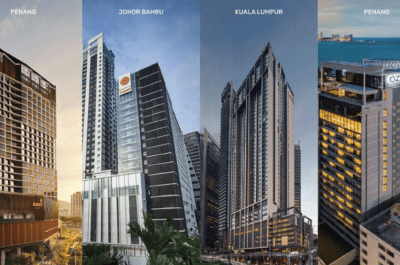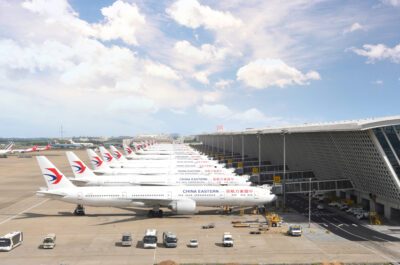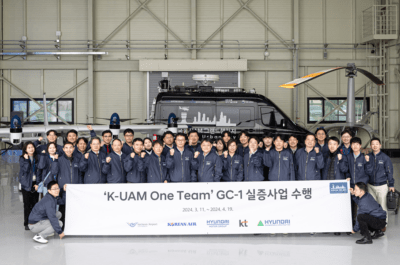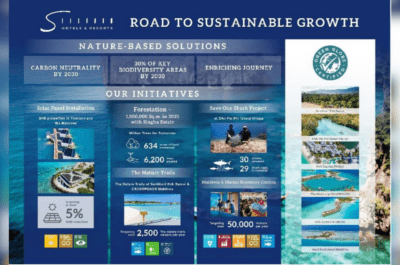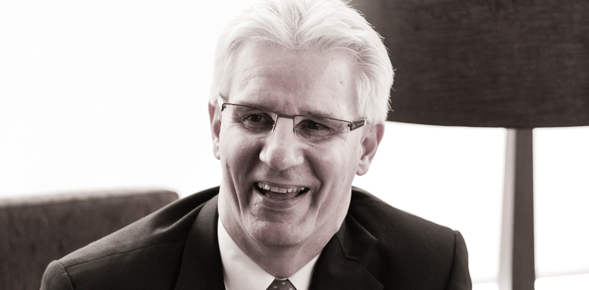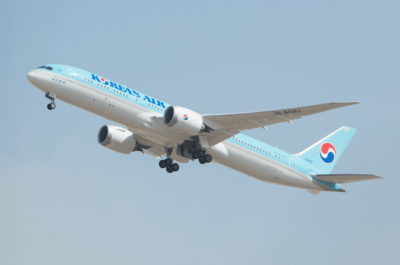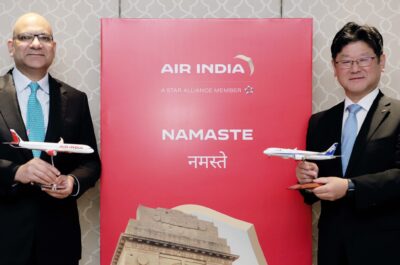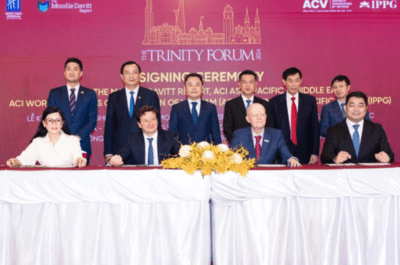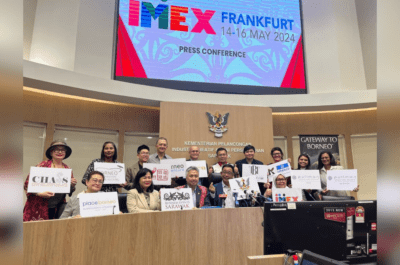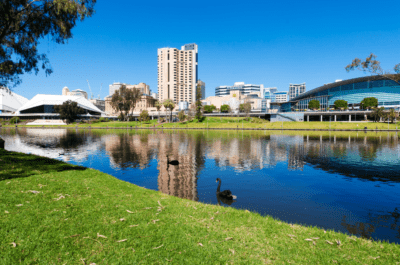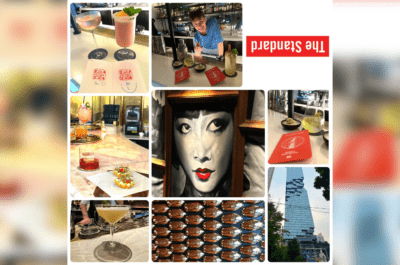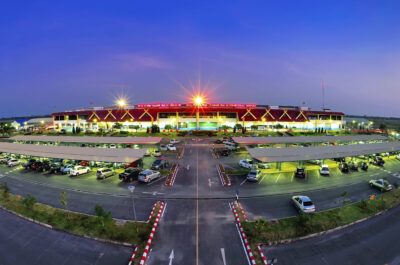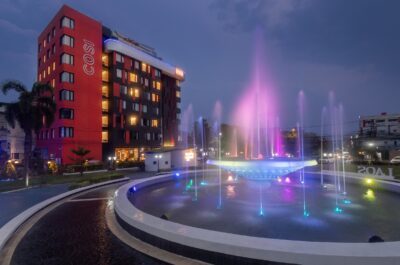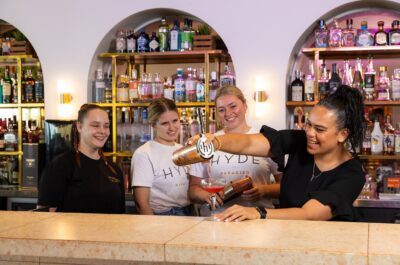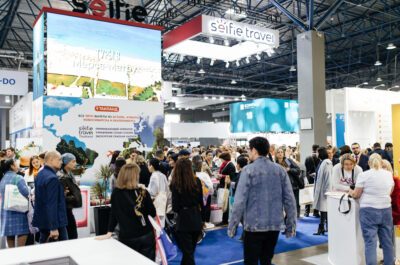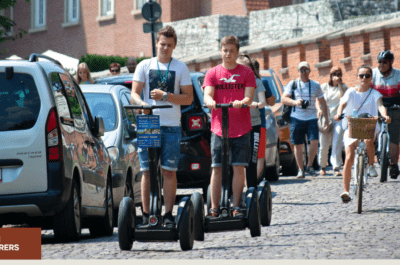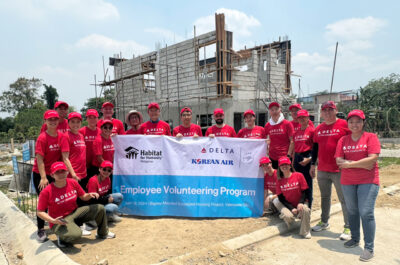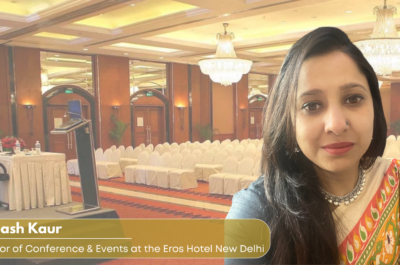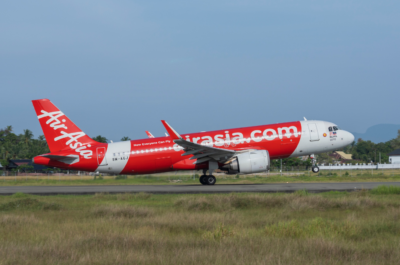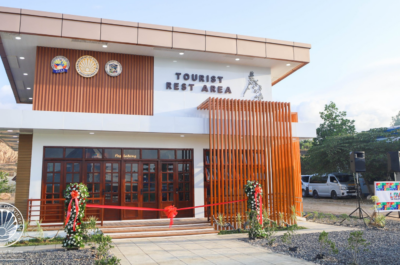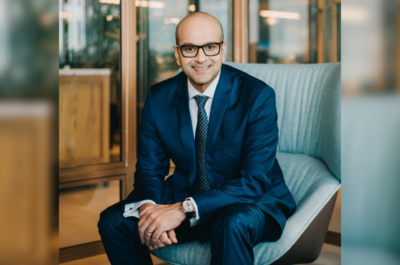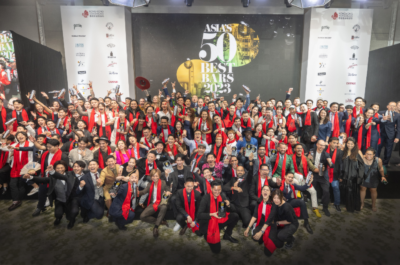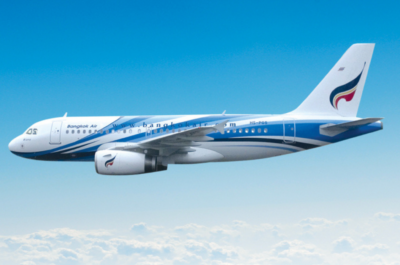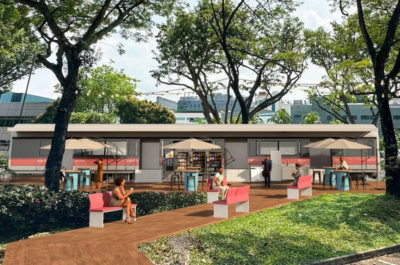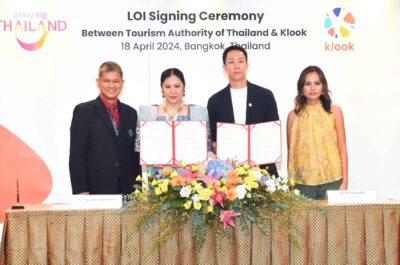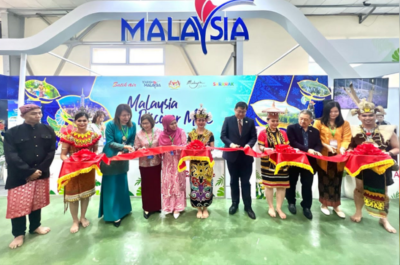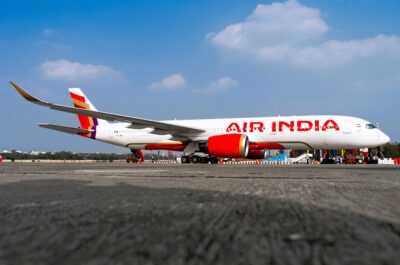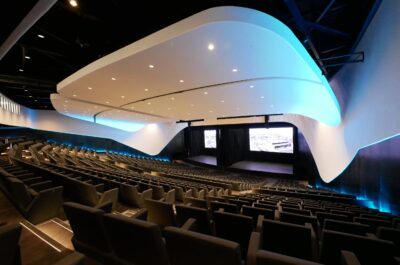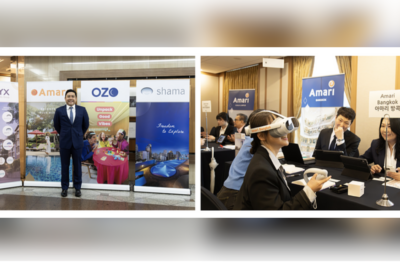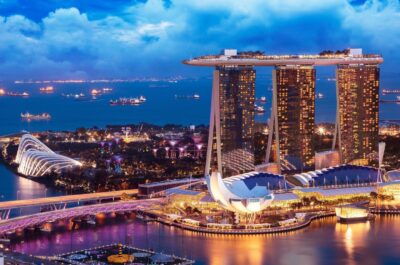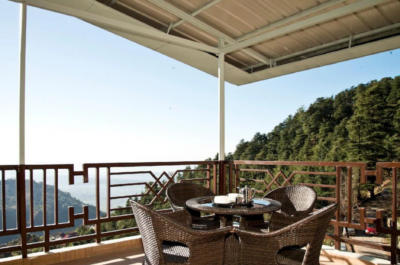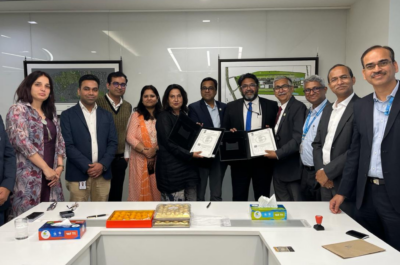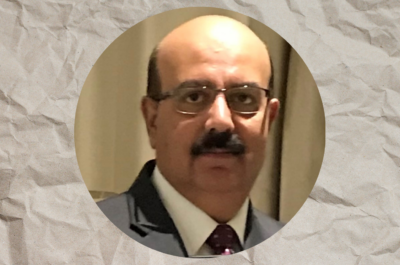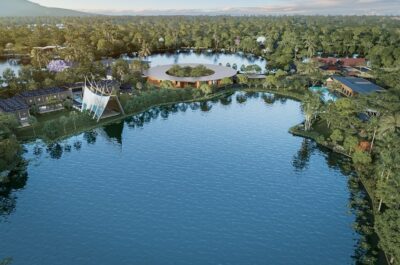Peter Henley, President and CEO, ONYX Hospitality Group talks to TravelDailyNews Asia-Pacific about trends and innovation in the hospitality industry as well as the plans of the Group.
TravelDailyNews: ONYX Hospitality Group is a relatively young brand, but with 50 years of experience in the hospitality industry through Amari and Italthai Group. So, I cannot avoid to ask you what are the most important changes and current trends in the hospitality industry.
Peter Henley: Over the years, we have expanded our focus from offering full service hotels to also providing select service and long stays, and widened our geographical reach beyond Thailand to other destinations in Asia-Pacific. The needs of travellers have evolved and their habits are changing. Here is an outline of the trends we are seeing.
Travellers want the basics done well – There is an increasing appetite amongst travellers for the essentials done just right – a great night’s sleep, energising mornings, good connectivity and well-designed personal space. We created OZO in 2013 to meet this trend. There are currently five OZO hotels in operation and more being developed. We provide high quality beds for the best possible sleep experience, nutritious breakfasts, rooms with flexible workspace and integrated connection panels, informative and interactive lecterns in public areas, plus a redefined hotel lobby.
Connection to our destinations – Other than a great hotel stay, travellers are keen to get introduced to and connected with the destinations they visit. At Amari, we offer Destination Amari recommendations for all our locations and on arrival, guests will receive the services and recommendations of an Amari Host. At OZO, we offer Destination Guides and useful content on the guest lectern in our lobby areas, and our Vocal Local programme encourages guests and team members with similar interests to connect and share insights.
The quest for authenticity and sharing – When it comes to dining, travellers are keen to experience the true taste of our locations with their friends, family or colleagues. Our Amaya Food Gallery dining concept for Amari curates a selection of authentic street food in a lively and casual social setting. Amaya Food Gallery is now available at Amari Dhaka, and will soon be featured at Amari Koh Samui, Amari Havodda Maldives, and Amari Johor Bahru.
Flexibility – Guests, particularly those from the Middle East and those travelling as families, appreciate the flexibility of receiving full service from hotels and the option to self-cater/prepare their own meals. This type of enhanced flexibility is being offered from our Shama serviced residences and fully equipped residence style suites in properties such as Oriental Residence Bangkok, Amari Residences Bangkok and Amari Phuket’s Ocean Wing. Guests have the option to order room service or make use of the fully equipped kitchen in their own suite.
TDN: In 2008, when you joined ONYX, you were speaking of a target of 40 properties until 2018 and in 2010 for 51. Now your target increased to 81 hotels. What made you re-adjust your target?
P.H.: The change came organically after I took my role with ONYX. One of our goals was to take our 50 years of hospitality experience beyond Thailand. We began with the revitalisation of the Amari brand and also introduced the select-service OZO brand, now with five operational properties in Hong Kong, Thailand and Sri Lanka since its launch. OZO was received very well. As we expanded our product offering and with their successes, we decided to adjust our goals from 51 to 81 properties by 2018, which we are well on our way to achieving, with 39 operational properties now and 20 under development.
TDN: Which are your priority markets regarding the expansion plan of ONYX?
P.H.: Currently, our strategy is to first focus within the regions where we already have a presence. These would include China, Hong Kong, the Middle East and South Asia, specifically in India, Sri Lanka and the Maldives. Aligning with this strategy, earlier this year we opened our second property in Sri Lanka with OZO Kandy and will be opening Amari Havodda Maldives in mid-January.
Meanwhile, we are also looking beyond these markets and into Malaysia, Indonesia and Vietnam. With our main operations based in Thailand, our current expansion plan is to utilise our strategically central location and the knowledge and experience of our team members, many of which have worked within those target markets.
TDN: We know that China is the flagship market for Thailand and the whole region of South-East Asia regarding tourism arrivals. On which other markets do you focus your marketing efforts in order to attract more room-nights?
P.H.: Like the rest of the travel industry, China has become a significant source market for the group. However, with the diversity of our portfolio, our focus markets are also diverse and very much dependent on the location and offerings of each of our properties. Overall, our marketing efforts outside of Thailand are geared towards the core regions, which are South-East Asia, the Middle East, Europe and Australia. But within these areas, we are also identifying markets that are already travelling to the countries where we are present, but perhaps are not yet familiar with our brands. We aim to change this and become their top-of-mind hospitality choice.
TDN: Reports from MOTS project 50 million arrivals until 2020! How realistic do you find this forecast? Is Thailand ready to receive this many number of arrivals?
P.H.: The MOTS have been putting forward an aggressive plan to increase the number of visitors to Thailand, despite the slowdown in the number of arrivals last year. The year 2015 has shown a positive trend, with the number of arrivals for the first half of this year at 12.4 million and is forecasted to reach 28 million by the end of the year. With potential increase in mobility with the AEC, the increase in spending power within the region and the country’s central geographical position in the region, Thailand is in a strong position to see increased cross-border traffic and trade agreements. The country’s tourism infrastructure is already highly developed, poising itself to capitalise on the increased tourism movement.
TDN: AEC is around the corner. How do you expect this to affect the hospitality industry in terms of investments, labour mobility and tourism arrivals?
P.H.: Freedom of movement will no doubt facilitate easier travel within the region and encourage more local and regional travels. As the wider AEC agreement aims to provide consumers with access to cheaper and wider range of goods and services, combined with a growing middle class, this will lead to higher mobility, lower airline costs and increased competition.
In terms of investment, Thailand possesses the highest tourism market share in the AEC and acts as a connecting hub for trips to nearby countries, which makes it an attractive market from an investor’s perspective. However, under the Foreign Business Act, Thailand’s foreign equity ownership cap of 49% effectively limits ASEAN investors in midscale and upscale hotels in the Kingdom. In the past, large foreign companies were only able to invest in the Thai hotel business via complex channels and strategies, and predominantly in the luxury segment. With AEC, this is likely to change over time, as there will be increased pressure to match the degree of liberalisation in other ASEAN countries, resulting in potentially fiercer competition.
TDN: The evolution of digital technology changed completely the distribution model of tourism products. How will this affect your business?
P.H.: The continuous business shift from offline to online is a big change. Many properties could live off their online business as their staple. There was a time when we considered offline channels only for wholesale business. Today, online channels are good for both wholesale and base business at hotels. More direct competition between some segments of online and offline business is the result of this. This is a double-edged sword, though. If the hotels are not careful in keeping an eye on distribution costs, it is possible to generate worse revenue on average from online channels, compared with offline channels, considering commissions or margin bidding.
The rapid change in technology and media is a huge disruption and also a great opportunity. Two years ago, there were no talks about Android, apps, Google+, Instagram, HotelTonight and so on, in the same way we talk about them now.
TDN: What kind of innovative services and products do you expect to see in the hospitality industry in the next decade?
P.H.: Devices like smartphones and tablets are becoming more important. The rise of apps will force hotels to think more about connectivity using APIs and more. Focus on Asia will continue in terms of being a source market and the place to be in the hotel industry.
TDN: Last but not least, what would you say to hoteliers who would like to set their hotel under a well-established hospitality brand?
P.H.: Finding the right partner is very important. Within our portfolio, we are the owners of a number of properties, whilst the others we manage on behalf of investors and owners, under one of our brands. When considering management agreements, we have to take into account whether our brands will fit with the property, its location, its market mix and what their owners envision. We are receiving strong feedback from investors on our brands, and continue to explore opportunities to expand our footprint in new and established locations.
TravelDailyNews Asia-Pacific editorial team has an experience of over 35 years in B2B travel journalism as well as in tourism & hospitality marketing and communications.


